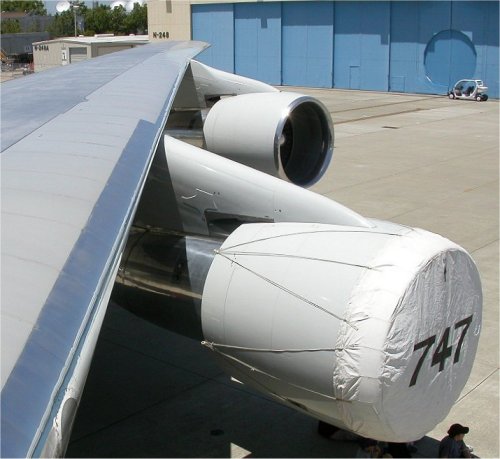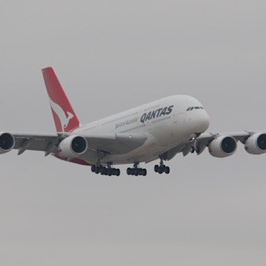pune wrote:seb146 wrote:So many technologies around us have become commonplace and inexpensive we simply do not notice them anymore. My first two cars were a Datsun 210 and a 1970 Olds Delta 88. No air bags, no anti-lock breaks, no middle of the window break light, minimal seat belts, the Datsun had 2/60 air conditioning. My Toyota Corolla now has so many safety features and standard equipment compared to those first cars of mine.
All those companies pass that cost on to us. And there are still accidents. But, the mortality rate has gone down. It will never be zero. Just like with rail and air travel and sea travel. The rate will never be zero. But, there are technologies that can lessen that number. Why not use them?
Exactly and that is the point. Now we know, thanks to the news shared above that ECP Brakes are one part of the solution, there is and was another part that is better, studier rail cars whom they have prolonged to change to 2039. I am sure even if incidents happen and there is no big backlash they may even take it 2050.
The whole idea of safety is that even if an 'anomalous' situation arises the impact would have been far severe. If the studier type of cars, would that have meant less spillage in the environment, probably yes.
We shouldn't forget that there have been reports that the inspection have been cursory and instead of buying equipment they simply repaired part of an engine. Most accidents if we in accident reconstruction whether it was the Challenger disaster or the 737 or any of the other major, many of the decisions were structural issues not taken care of for years and in those particular instances, the swiss holes align and you have a disaster.
There is another aspect that was hinted at but as of now we don't kow. Whether the cars were overloaded to an extent ??? If so, that would also explain why that axle suffered. We also do know that speed restrictions were not followed and better, heavier rails would also have prevented some of the disaster.
I don't envy the NTSB board work that is cut out to them, and they have tried not to have blowback to the company. But defining safety issues and sharing recommendations is probably the most they can do which the Rail companies would probably ignore.
Pune, please, just stop. Seriously. Stop making up stuff.
First of all, if you want to talk about the Lac-Mégantic disaster 10 years ago, consider starting another thread. What happened there isn't relevant here.
Inspections: there have been no such reports of "cursory inspections" of the derailed Norfolk Southern train. The train originated in Madison, Illinois in a freight yard run by a different railroad (TRRA). Along its route it would have passed through Decatur, Illinois; Ft. Wayne, Indiana; and Bellevue, Ohio, all locations with major Norfolk Southern facilities where cars may have been switched in/out of the train and where equipment inspections would potentially be performed. The consist (list of cars) will be reviewed as part of the NTSB investigation to determine the origin of every car.
"Stronger" freight cars: the Department of Transportation and Association of American Railroads have been working together for a number of years on improvements in tank car designs. But design and testing takes time; even if a new standard has been established, it will take additional years to replace existing cars with new equipment. The few remaining North American car builders don't have the capacity to churn out hundreds of thousands of new freight cars overnight.
Overloaded cars: there has been no such hint unless it was by nutjobs. On most North American main lines, freight cars have a max weight of 286,000 lbs (empty weight plus cargo) but you can go over a bit without any issue. In fact, in recent years the railroads have been improving the tracks on many of their busiest lines to support 315,000 lbs freight cars. Some lighter-density rail lines still retain an older max weight limit of 263,000 lbs but the NS Ft. Wayne Line is anything but light density.
By the same token, we do not know that "better, heavier" rail would have made any difference here. I'd love to know where that one came from.
Speed Restrictions: the NTSB has not indicated that any speed restrictions were in effect for this train. Max speed limit on this line for freight trains is 50 mph (79 mph for Amtrak passenger trains) and at the time of the derailment the train was going 47 mph. So as of now there is no evidence that "speed restrictions were not followed."
niagara484










